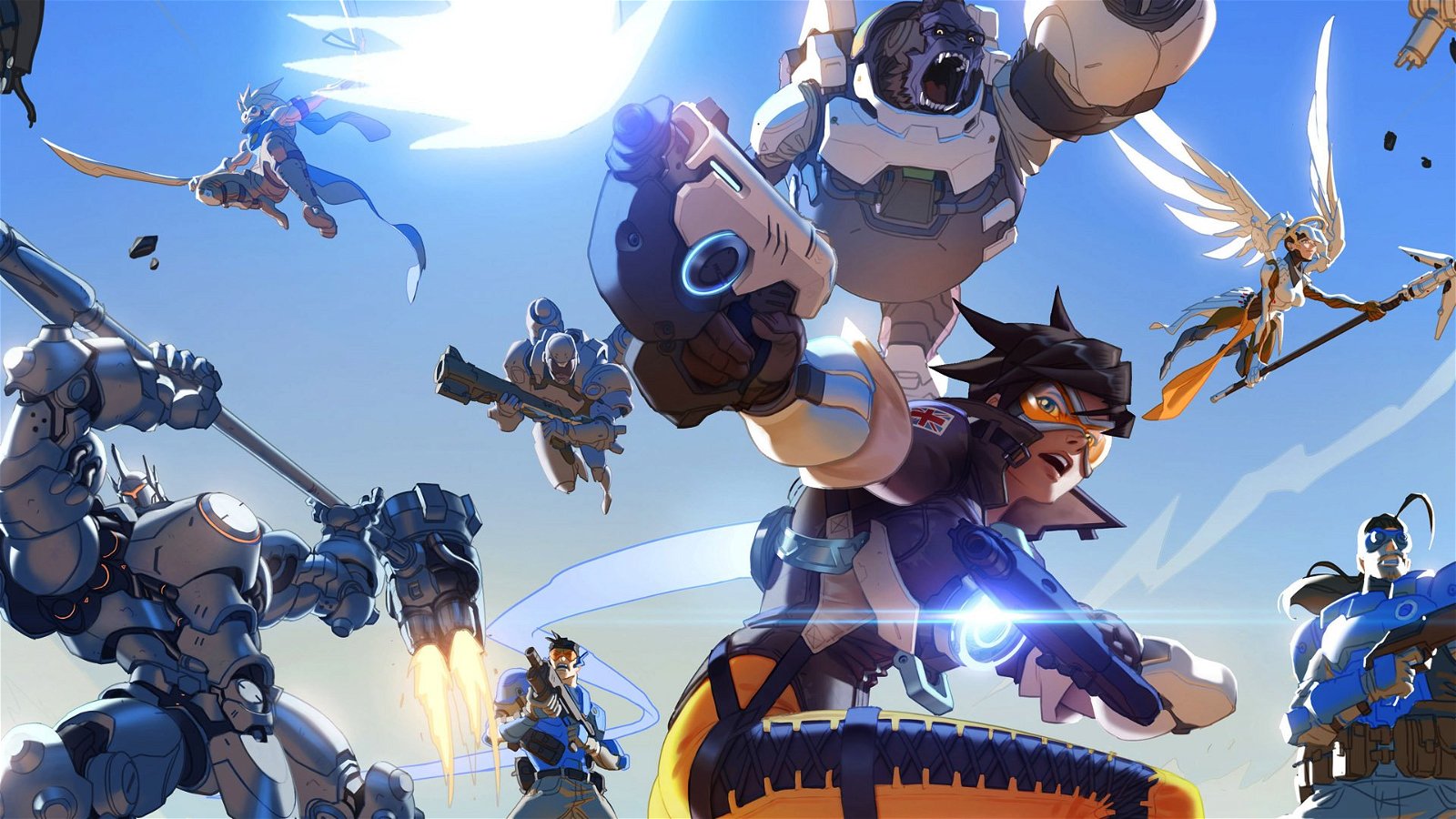It’s been almost two weeks since Blizzard released their latest IP, Overwatch. The team-based shooter may still be in its early youth, but it already has the potential to grow into an eSport, especially with the recent establishment of an ESL league. This article will serve as an introduction to the game for people who are on the fence about purchasing Overwatch, or a helpful guide to those struggling players that might not understand the games mechanics, or more importantly, the rich team dynamic. With a diverse cast of 21 heroes to choose from, and certainly more to come as the game continues to be supported and updated, the sheer amount of choice can be overwhelming. It’s best to first familiarize yourself with the four key roles of the game: Attack, Defense, Tank and Support, along with a couple of the basic heroes to get you started on your multiplayer experience.
Attack:
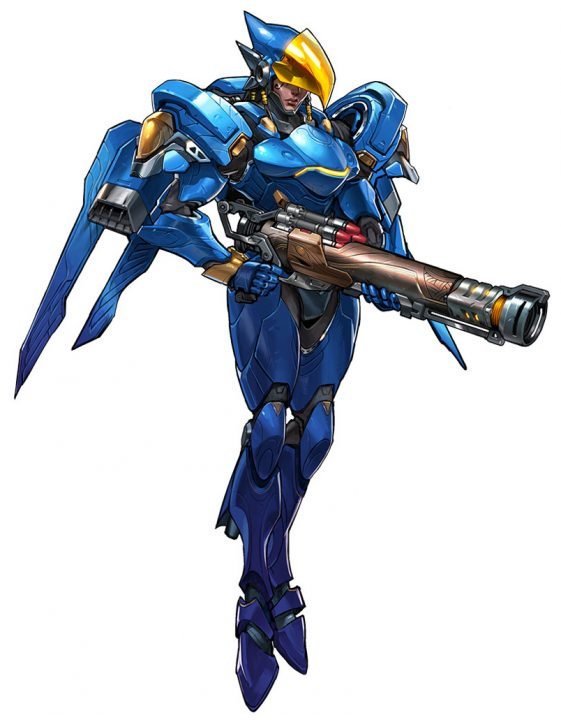
Attack heroes are the teams main damage dealers and have the most tools to eliminate the enemy team with enough longevity to stay alive in key firefights. These are the bread and butter of your team’s composition, which needs to focus on dealing with the most immediate threats on the map. Each attack hero has a distinct playstyle to learn, with some preferring to surprise the enemy from their flanks rather then attacking directly from the frontlines. This is a delicate balance that needs to be maintained because your attack heroes need to be broad in roles so they can take on a number of challenging situations instead of just a specific one.
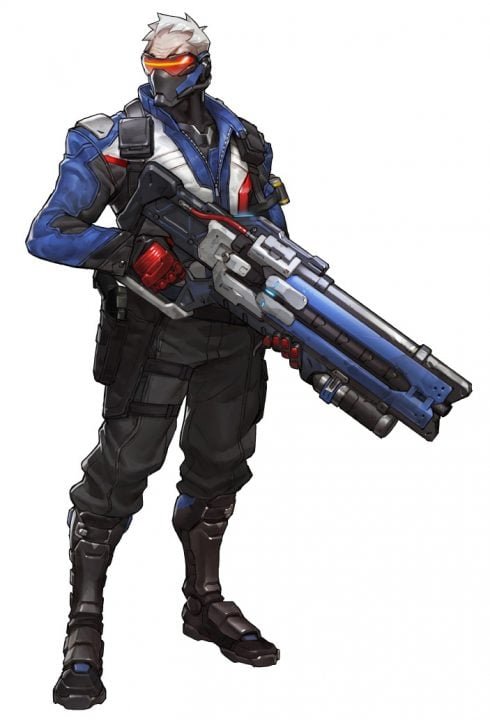
Soldier: 76 is the basic hero for beginners to use when learning how to be an attacker because he introduces mechanics from the other roles in the game and has reliable damage output. Soldier players need to match the pace of their team, making aggressive plays when the team wants to push forward and providing essential cover fire when it’s time to retreat. His signature pulse rifle can take out most heroes in a barrage of 1-2 clips and his alternate fire, helix rockets, can be a powerful tool for destroying weakened sentries or applying pressure to an aggressive sniper. Soldier operates best in a group because of his AOE heal ability. Any time you find that you’re being outfired or the team is starting to get overwhelmed, don’t be scared to drop the pod down and provide the extra health. It can make the difference in a battle.
Defense:
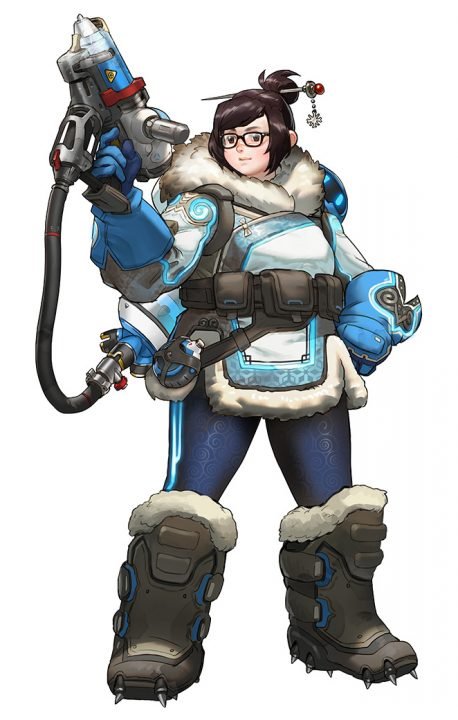
Defense heroes are comprised of snipers, turrets and explosive users. Their role in the game is not just to hold an objective with all of their traps and tricks, but also to eliminate the most powerful threat as quickly as possible. These characters may have some of the squishiest bodies in the game, but their damage output is through the roof and their range of fire is unmatched. Defence players need to focus on surprising enemies by attacking the flanks and from creative angles to keep the enemy team at bay. They have the ability to operate independently from the rest of the team instead of grouping up, but they should be at the forefront of delivering key information about incoming threats and their positions.
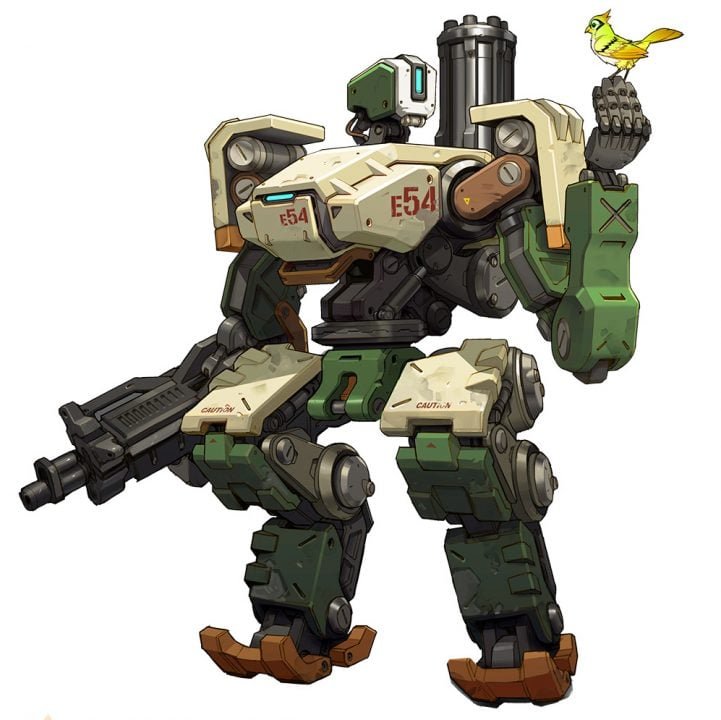
The hero that best embodies the basic strategies of is definitely the infamous Bastion. While he isn’t receiving as much hate as he did during the initial release stages because people are now used to countering him, Bastion’s massive damage output in turret mode has remained untouched from the beta and can still deal with the majority of offensive heroes and tanks. Most players pair him with a Reinhardt for the extra shielding, but I’ve found the most effective Bastions are the ones that you can’t see until it’s too late. Even if a Bastion gets hit during any assault he has the ability to recover any damage he sustains while he’s stationary. This allows players to hold their position for multiple waves of battle. After every couple of battles however, it’s best to keep moving Bastion into a variety of positions so the enemy remains unaware of the position he’s attacking from. His primary assault rifle can deal some hefty damage as well, but is mostly used as a defensive tool when dealing with surprising lurkers on the way to the next checkpoint.
Tank:

Tanks are the bullet sponges of Overwatch. Instead of seeking long walks on the beach or a casual date night, they just want the enemy to constantly attack them so the rest of their team can be safe and sound. These heroes have some of the slowest movement and easily the lowest range of the cast, but their huge health bars and powerful abilities to isolate the enemy or protect the team are what make them shine on the field. While they may have low range, tanks are at their strongest when they are in the middle of an objective dishing out swift kills with shotgun blasts or hammer smacks. Every one of these hulking heroes plays off of absorbing damage in their gameplay mechanics so their priority should be to stay at the front of any firefight and pick off stragglers that the rest of the team couldn’t finish.

Reinhardt may be the most basic hero in this category to use, but he is definitely one of the harder ones to master. The priority of any Reinhardt player should be to protect the team by using their energy shield. Not only does it take up a pretty wide field, but it also allows your teammates to shoot through it while you’re absorbing up to 2,000 points of damage. It’s best to avoid letting the shield completely break or you’ll have to suffer through an agonizing cooldown waiting for it to recharge. Reinhardt should stay close to the objective at all times, not just because he’ll absorb more damage and stall the enemy, but because they’ll be forced to enter his hammer’s range to take him out. Both Reihardt’s hammer and his projectile have knockback mechanics to push the enemy away from the fight or isolate them into a corner where they are promptly dealt with. His dashing pin can be used to instantly take out any attack or support hero, but it requires the player to be unpredictable with it so enemies won’t be able to dodge.
Support:
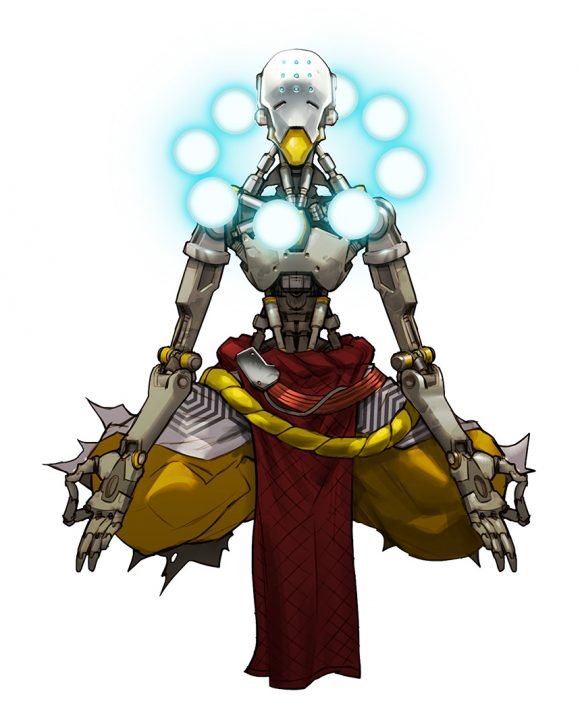
Nothing is more valuable to a team than the proper use of a support character. Whether it’s healing, providing shields or debuffing the enemy, supports and their ultimates are the backbone of making key plays possible. It might seem like an easy role to play because their main priority is healing the team, but it’s a difficult job to master because these players need to be aware of where their teammates are at all times and they need to stay alive for long periods to be effective. Supports are naturally the weakest forces on the map; their damage output is miniscule and is merely used as a defensive deterrent. To balance them out, supports have access to the most in-depth abilities in the game, which can provide an essential edge to any battle. Stay moving though, because stationary supports are just begging to get sniped.
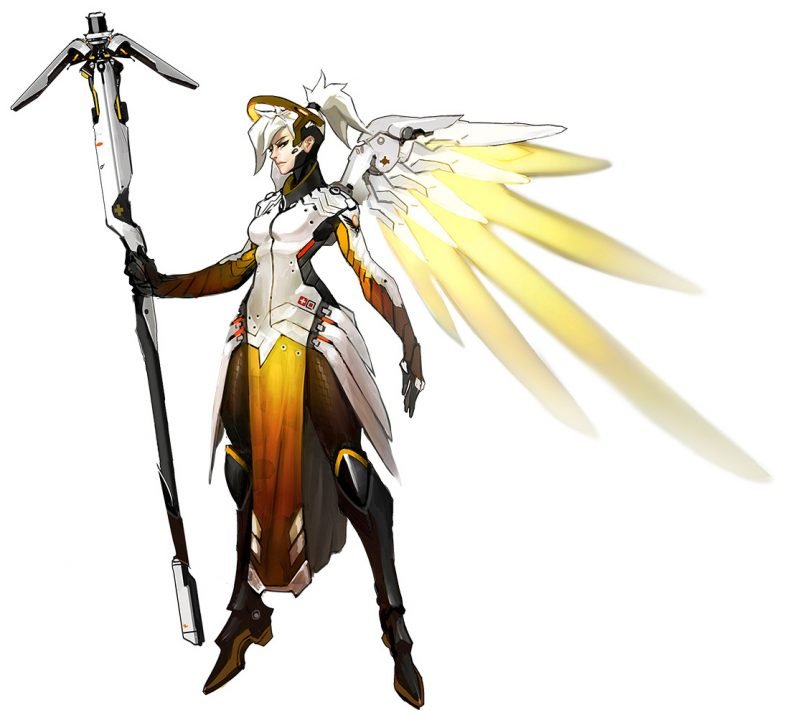
For fans of Team Fortress 2, Mercy will be very appealing because she plays just like the medic, except with more mobility. For those players unaware of the medic’s role, Mercy’s focus is to recover the health of her damaged allies. Her healing staff releases a steady stream of health to one teammate at a time and her passive ability allows her to quickly zip around the map to anyone who requires her help. Mercy can also provide allies with a substantial power buff, so it’s best to partner close to an attack hero with mid-range dominance rather than an already health heavy tank. Mercy’s most powerful ability is her ultimate, resurrection, which is an AOE ability that, guess what, resurrects the dead members of the team back to full health. A well-timed resurrection can easily save a game during a crucial moment and even though it’s rare that you’ll receive a play of the game, your team will commend you for the help.
Now that you understand the team dynamic of Overwatch and have practiced with a lot of the basic heroes, it’s time to take those skills further and develop your own roster of characters to use. With such a diverse cast of lovable characters to choose from, simply start with the one that you think looks the coolest and find out how they play in a training mode, such as AI matches, before sending them out in a live match. The secret to success in Overwatch is to identify what heroes your choices are most effective against so you can provide a solution to one of the annoying problems or combinations your team might be facing. Lastly, this isn’t a shooter for silent lone wolves that go rogue from the team. No matter how skillful they may be, superb teamwork and coordination is what makes the difference between a devastating loss and the sweet taste of victory.
